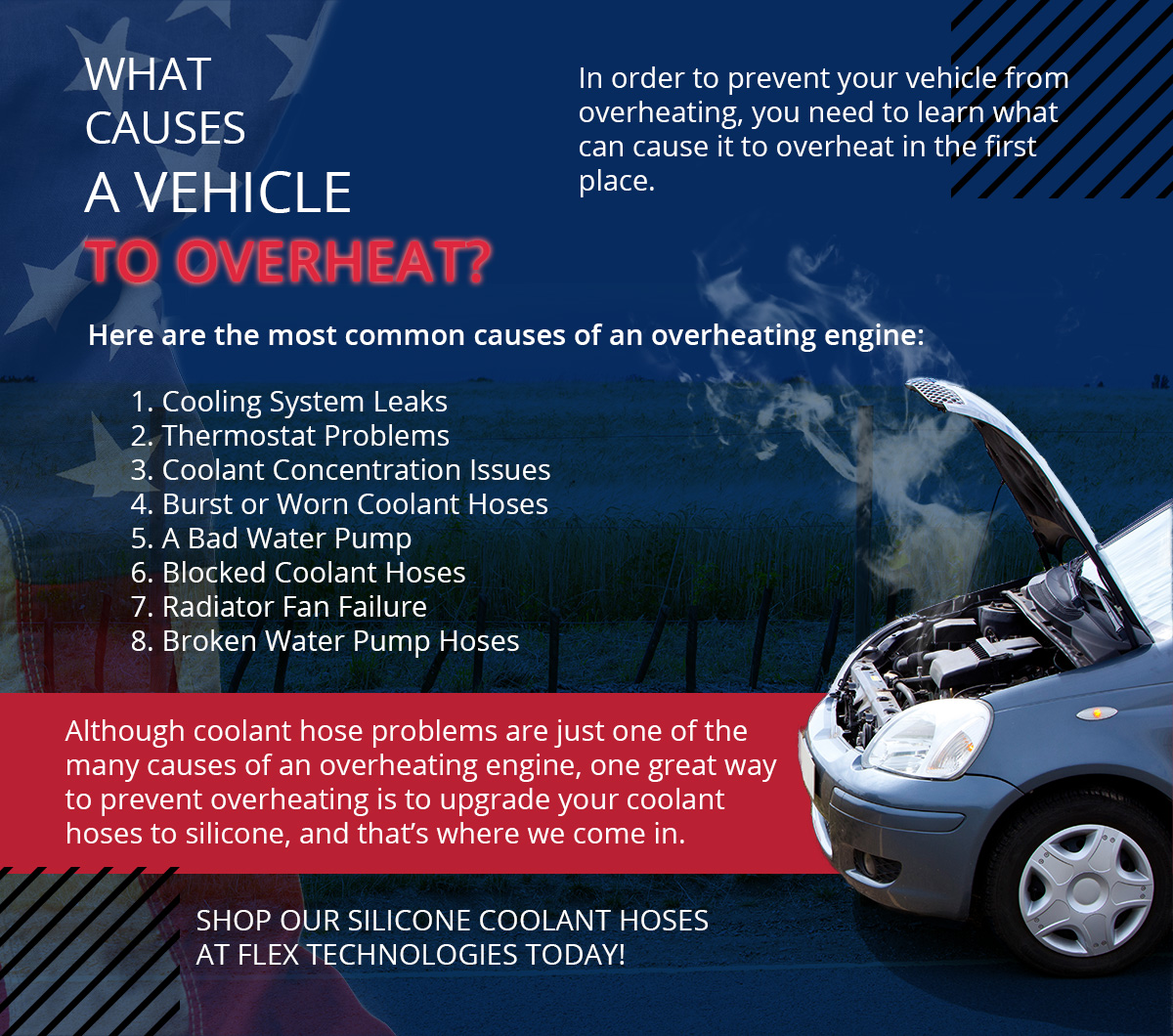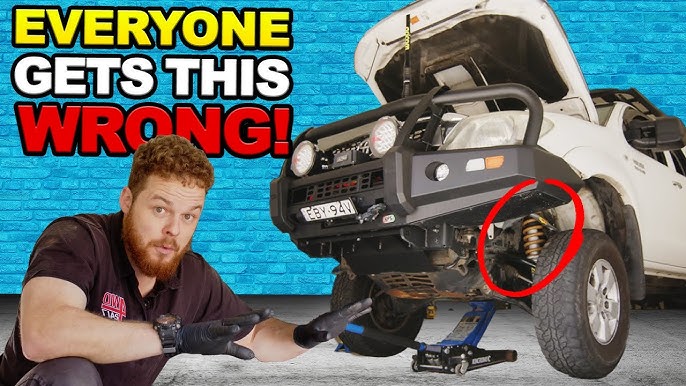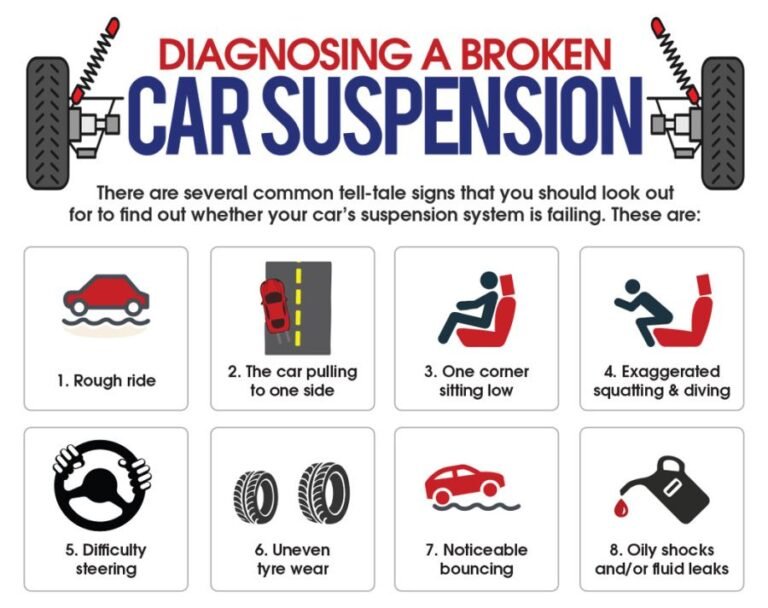How to Diagnose Car Overheating Issues: Expert Tips & Solutions
Car overheating is a common problem. It can lead to serious damage if not fixed. This guide will help you diagnose overheating issues. Follow these simple steps to find the cause of the problem.
Signs of Car Overheating
First, you need to know the signs of overheating. Here are some common symptoms:
- Temperature gauge reads high
- Steam coming from the hood
- Strange smells like burning rubber or plastic
- Coolant warning light is on
These signs indicate your car is overheating. Now, let’s find out why.
Common Causes of Car Overheating
Several things can cause a car to overheat. Here are the most common reasons:
- Low Coolant Level: Coolant helps keep your engine cool. Low levels can cause overheating.
- Leaking Coolant: Leaks can reduce coolant levels. Check for puddles under your car.
- Faulty Thermostat: The thermostat controls coolant flow. A stuck thermostat can cause overheating.
- Radiator Issues: A blocked or damaged radiator can’t cool the engine properly.
- Broken Water Pump: The water pump circulates coolant. If it fails, the engine can overheat.
- Cooling Fan Problems: The fan helps cool the radiator. If it doesn’t work, the engine may overheat.
Now that you know the causes, let’s diagnose the problem step-by-step.
Step-by-Step Guide to Diagnose Overheating
Follow these steps to diagnose your car’s overheating issue:
Step 1: Check Coolant Level
First, check the coolant level. Here’s how:
- Turn off the engine and let it cool.
- Open the hood and locate the coolant reservoir.
- Check the coolant level. It should be between the “min” and “max” lines.
- If it’s low, add coolant to the proper level.
If the coolant level is fine, move to the next step.
Step 2: Inspect For Coolant Leaks
Look for signs of coolant leaks. Here’s what to do:
- Examine the ground under your car for puddles.
- Check hoses and connections for wet spots or stains.
- If you find a leak, fix it or take your car to a mechanic.
If there are no leaks, proceed to the next step.
Step 3: Test The Thermostat
The thermostat may be faulty. Here’s how to check it:
- Start the engine and let it warm up.
- Feel the upper radiator hose. It should get hot as the engine warms up.
- If the hose stays cool, the thermostat may be stuck closed.
- Replace the thermostat if needed.
If the thermostat works fine, continue to the next step.
Step 4: Examine The Radiator
Check the radiator for problems. Follow these steps:
- Inspect the radiator for visible damage or blockages.
- Ensure the radiator fins are clean and free of debris.
- Check for leaks around the radiator.
- If you find any issues, repair or replace the radiator.
If the radiator is in good condition, move to the next step.
Step 5: Check The Water Pump
The water pump may be broken. Here’s how to check it:
- Listen for strange noises coming from the water pump area.
- Look for coolant leaks around the water pump.
- If the pump is noisy or leaking, it may need replacement.
If the water pump is working, go to the next step.
Step 6: Inspect The Cooling Fan
The cooling fan may not be working. Check it by following these steps:
- Start the engine and let it warm up.
- Watch the cooling fan. It should turn on when the engine gets hot.
- If the fan doesn’t turn on, check the fan fuse and relay.
- Replace any faulty components to fix the fan.
By following these steps, you should find the cause of your car’s overheating problem.

Credit: m.youtube.com

Credit: www.siliconehose.com
Preventing Car Overheating
Preventing overheating is better than fixing it. Here are some tips to keep your car cool:
- Check coolant levels regularly.
- Inspect hoses and connections for leaks.
- Maintain the radiator by keeping it clean.
- Replace the thermostat and water pump as needed.
- Ensure the cooling fan works properly.
By following these tips, you can prevent overheating and keep your car running smoothly.
When to Seek Professional Help
Sometimes, you may need a professional mechanic. Here are some situations where you should seek help:
- You can’t find the cause of the overheating.
- The problem persists after you tried to fix it.
- You are not comfortable performing the checks yourself.
A professional mechanic can diagnose and fix the problem quickly. Don’t hesitate to seek help when needed.
Frequently Asked Questions
What Causes A Car To Overheat?
Common causes include low coolant levels, a faulty thermostat, or a malfunctioning radiator.
How Can I Check My Car’s Coolant Level?
Locate the coolant reservoir under the hood. Ensure the level is between the “min” and “max” marks.
Why Does My Car Overheat While Idling?
Overheating during idling often indicates a problem with the cooling fan or a clogged radiator.
Is It Safe To Drive An Overheating Car?
No, driving an overheating car can severely damage the engine. Pull over and address the issue immediately.
How Do I Know If My Thermostat Is Bad?
A stuck thermostat can cause erratic temperature gauge readings and inconsistent heating or cooling.
Can A Radiator Leak Cause Overheating?
Yes, a radiator leak can lead to low coolant levels, causing the engine to overheat.
What Should I Do If My Car Overheats?
Turn off the engine, wait for it to cool down, and check coolant levels. Seek professional help if needed.
Conclusion
Car overheating is a common issue but can be serious. By following this guide, you can diagnose and fix the problem. Regular maintenance and checks can prevent overheating. Remember, seek professional help if needed. Keep your car cool and enjoy a smooth ride!




